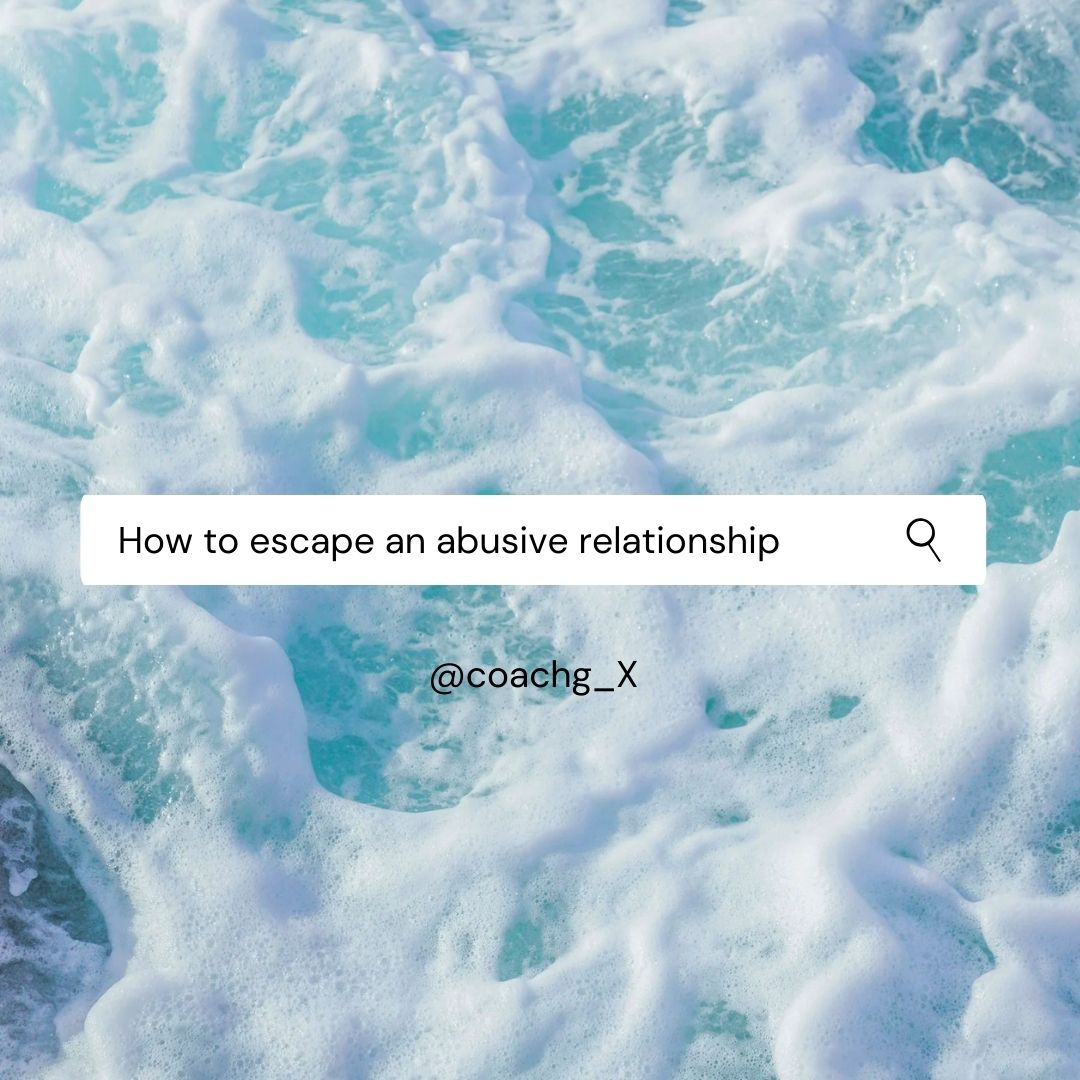Breaking Free: How to Recognize and Escape an Abusive Relationship
Leaving an abusive relationship can be one of the most challenging and transformative decisions a person can make. Abuse, often perceived only in terms of physical harm, extends deeply into mental, emotional, and psychological realms. This article explores what abuse looks like in its various forms, why it can be so difficult to leave, and provides practical tools and insights drawn from quantum psychology to help you regain control of your life.
Recognizing Abuse: Beyond the Physical
When we think of abuse, physical violence often comes to mind first. However, abuse can be far more subtle and damaging when it manifests as emotional manipulation, mental degradation, and narcissistic control. Recognizing these patterns is crucial in understanding that abuse is not limited to bruises or scars but can leave deep, invisible wounds on one’s mind and spirit.
- Emotional and Mental Abuse
This form of abuse can be hard to detect, as it operates on the level of the mind. Emotional abuse often involves manipulation, belittling, and control over your sense of self-worth. It can show up as constant criticism, controlling behaviors, gaslighting, and eroding confidence and self-esteem over time. - Narcissistic Abuse
Narcissistic abuse is particularly complex. Narcissists often create a “reality distortion field” where they control and manipulate to make themselves appear flawless. They shift blame, avoid accountability, and turn the tables on their partners, making them question their own perceptions and self-worth. Narcissists often use affection as a tool to control, which makes it even harder for victims to break free. - Physical and Verbal Abuse
While physical abuse is more visible, it often accompanies other forms of abuse, with verbal abuse being a common tool used to demean and control. Yelling, threats, and verbal degradation are part of an abuser’s arsenal to instill fear and maintain dominance.
Quantum Psychology: Understanding the Reality of Abuse
Quantum psychology is based on the concept that our perceptions and beliefs shape our reality, similar to how in quantum physics, observation affects the state of particles. In the context of abuse, this principle can help us understand why people stay in abusive relationships and how abusers manipulate reality to maintain control.
- Perception as Reality
Abusers often manipulate perception. For instance, gaslighting, where an abuser denies or distorts reality, can create a warped sense of truth for the victim. Over time, the victim begins to question their own perceptions and reality, feeling trapped and powerless. Quantum psychology teaches us that, while our thoughts shape our experiences, we can also choose to shift these perceptions. - Energetic Entanglement
Much like quantum entanglement where particles remain connected, victims can feel “entangled” with their abuser’s energy. Abuse often creates a toxic bond that’s hard to break, leading victims to remain in the relationship despite the damage. Awareness and mindfulness are crucial to disentangling from this bond and finding freedom. - The Fear of the Unknown
Quantum psychology emphasizes our tendency to avoid discomfort, which is intensified by fear of the unknown. Abusive relationships create a fear of being alone or unworthy, which can trap victims in a cycle of familiar pain. However, the key to breaking free lies in recognizing that life’s infinite possibilities open up when we let go of limiting beliefs.
Why People Stay in Abusive Relationships
Understanding why people stay in abusive relationships can provide valuable insights into the depth of control and trauma involved. Here are some common reasons:
- Fear and Isolation
Abusers often isolate their victims, controlling their social circles and cutting off support systems. This isolation reinforces the belief that leaving is impossible or dangerous. The fear of retaliation or being judged can further trap someone in the relationship. - Emotional Dependency and Trauma Bonding
Trauma bonding occurs when an abusive cycle of affection and degradation creates a powerful emotional dependency. Abusers may manipulate their partners to feel gratitude for small acts of kindness, which reinforces emotional attachment. - Distorted Self-Worth
Continuous mental degradation leads to low self-worth. Victims may feel they don’t deserve better or that they’re responsible for the abuser’s behavior. Abusers convince them that they’re unworthy, making it difficult for them to envision a life outside the relationship. - Belief in Change
Many victims hold onto the hope that their partner will change, especially if the relationship began with love and charm. Narcissists and abusers often play on this hope, making empty promises or small gestures that reinforce the belief that change is possible.
Tools for Breaking Free: Steps to Reclaim Your Life
Leaving an abusive relationship can seem impossible, but with the right tools and support, you can find freedom and healing.
- Recognize the Pattern and Acknowledge Reality
Start by identifying the patterns of abuse. Name the behavior, write it down, and validate your experiences. Recognize that abuse is never your fault, and understand that it is the abuser’s choice, not a reflection of your worth. - Seek Support
Find a trusted friend, family member, therapist, or support group. Isolation is a tool of control; connecting with others helps to break this hold. Many therapists are trained in trauma and can provide resources and emotional support tailored to your situation. - Create a Safe Exit Strategy
Planning to leave is crucial. Make practical plans for housing, finances, and any other immediate needs. Find a safe space and enlist trusted friends or family members to support your transition. Many communities offer support shelters and programs for people leaving abusive relationships. - Shift Your Perception with Quantum Techniques
Use techniques like mindfulness and visualization to reset your perceptions and focus on a healthier reality. Visualize a life of peace and freedom, affirm your worth, and practice grounding techniques to build a new, positive vision for yourself. - Practice Self-Compassion and Forgiveness
Breaking free from an abusive relationship takes courage and resilience. Be kind to yourself throughout this journey. Release guilt, blame, or shame, and recognize that you’re reclaiming your life. - Reprogram Your Beliefs
Abuse often leaves deep-rooted negative beliefs about self-worth. Using affirmations, therapy, or even practices in quantum psychology can help you to “recode” your mind and shift to empowering, positive beliefs about yourself. Tools like journaling, meditation, and counseling help rebuild self-esteem.
Abuse is a devastating experience, but you are not alone. Understanding the nature of abuse, the manipulative tactics of narcissism, and how these affect your sense of self can empower you to take back control. By integrating insights from quantum psychology, you can reframe your perceptions, find the courage to act, and begin the process of healing. Breaking free is not just about leaving an abusive relationship, it’s about reclaiming your power, nurturing your self-worth, and choosing a life filled with peace, freedom, and self-love.








Comments